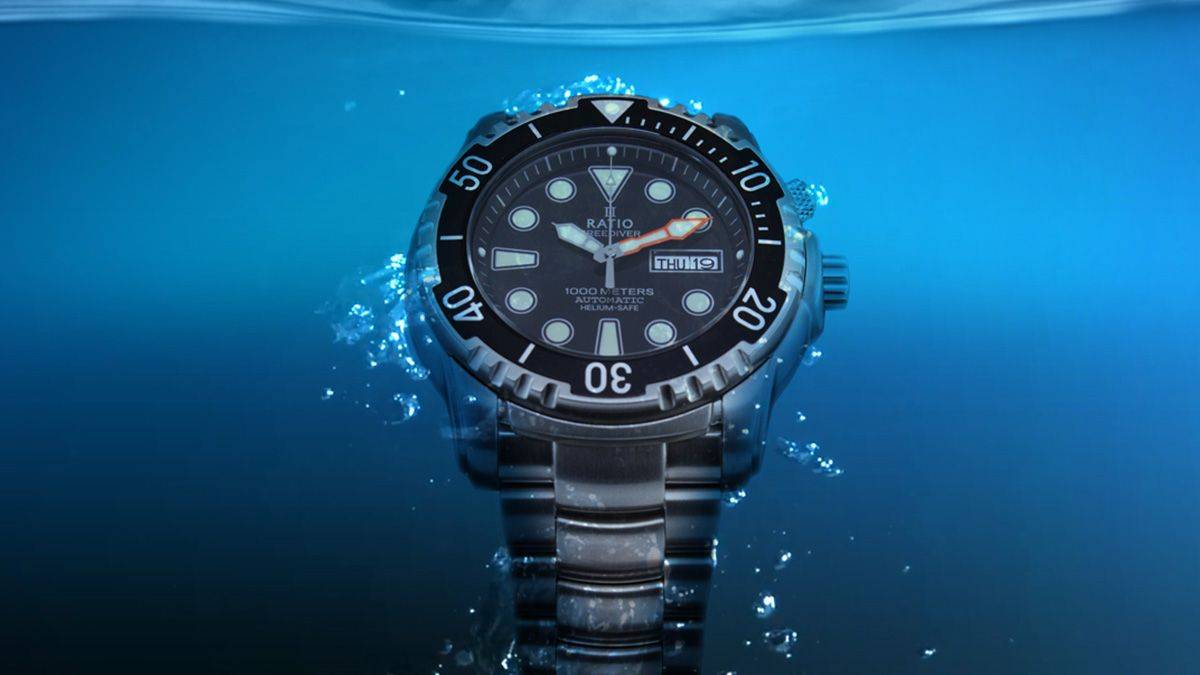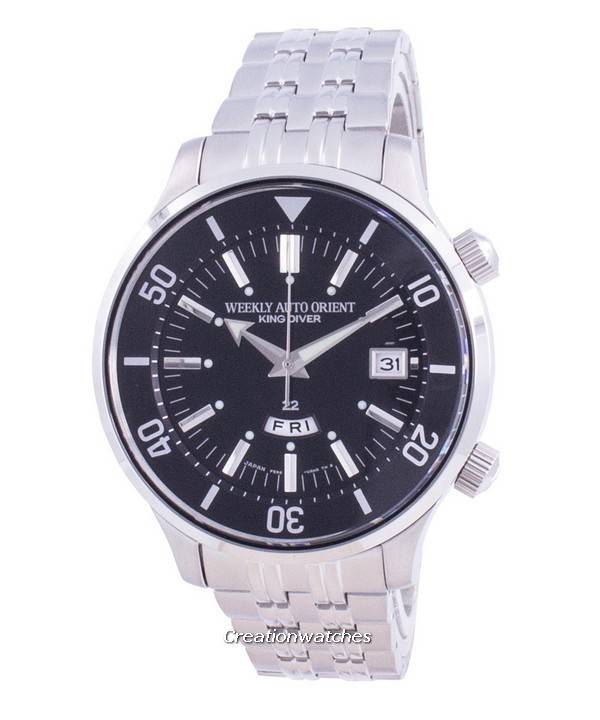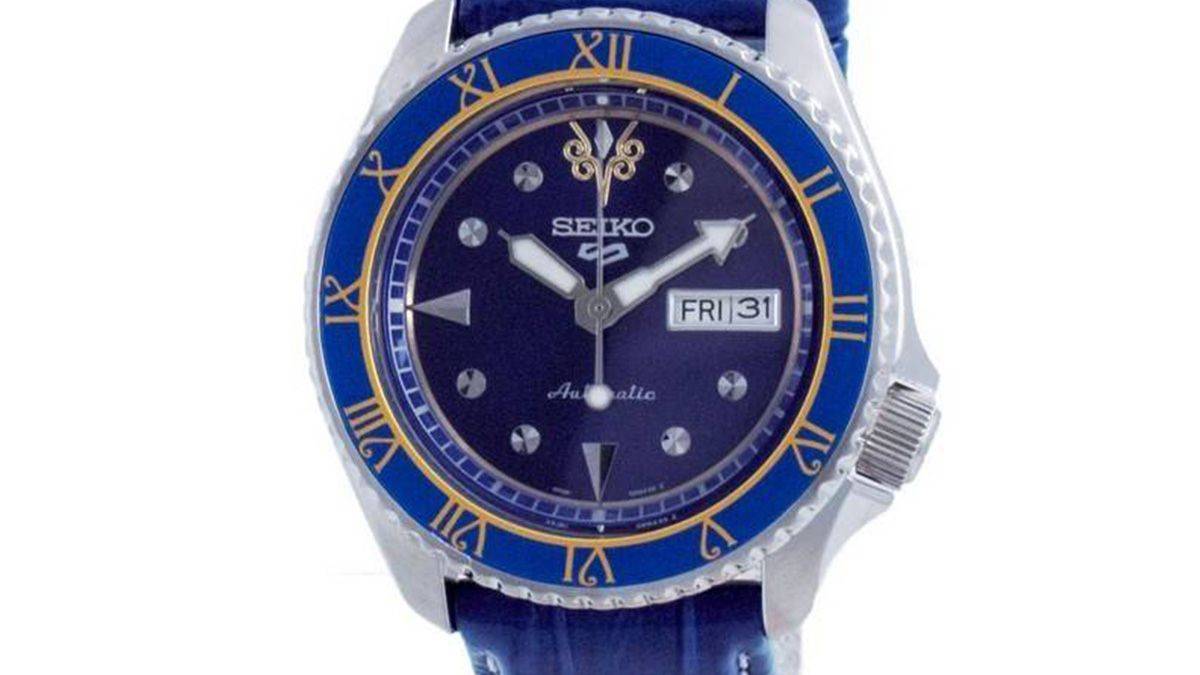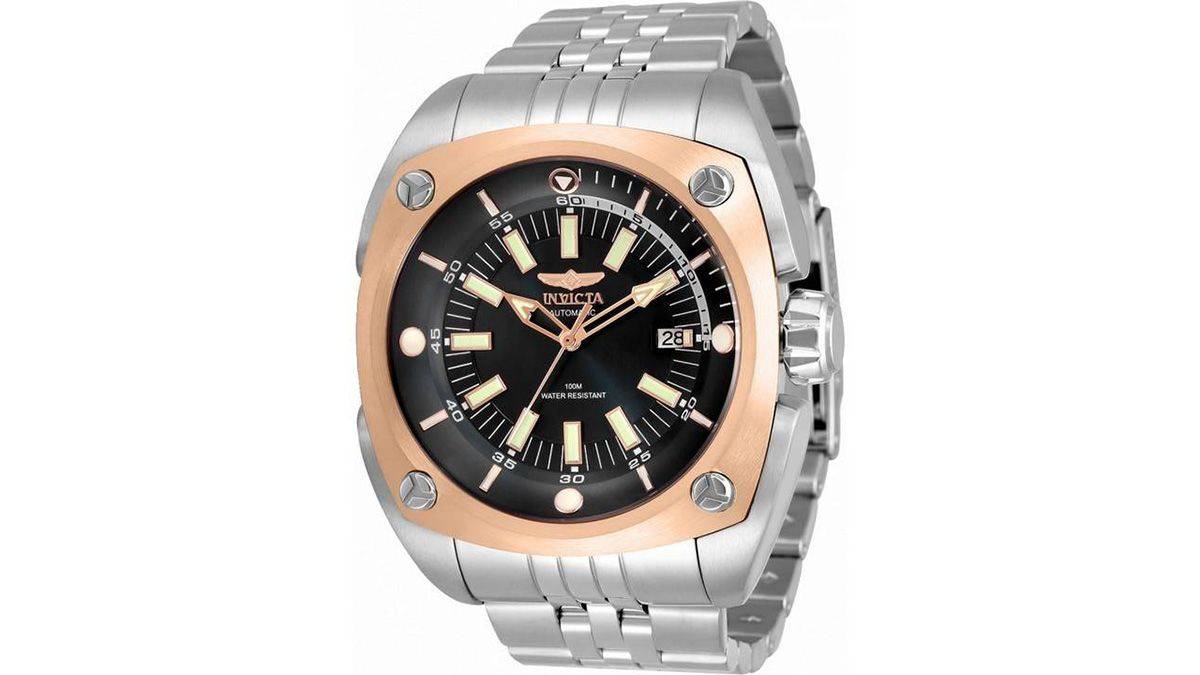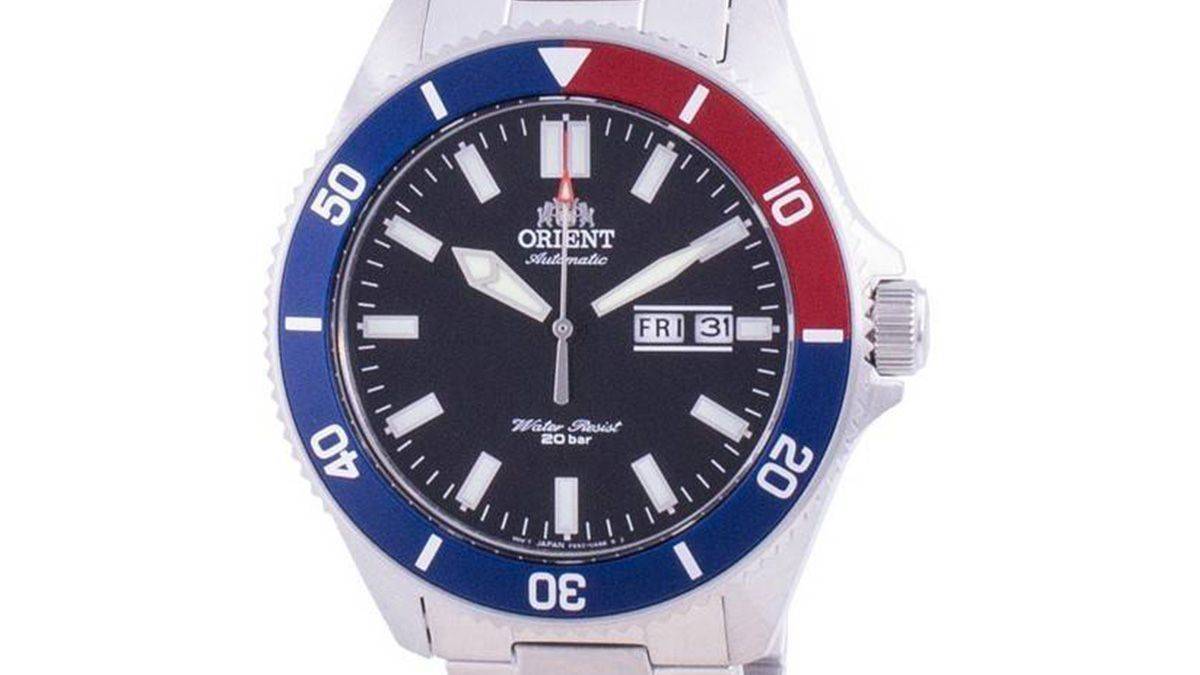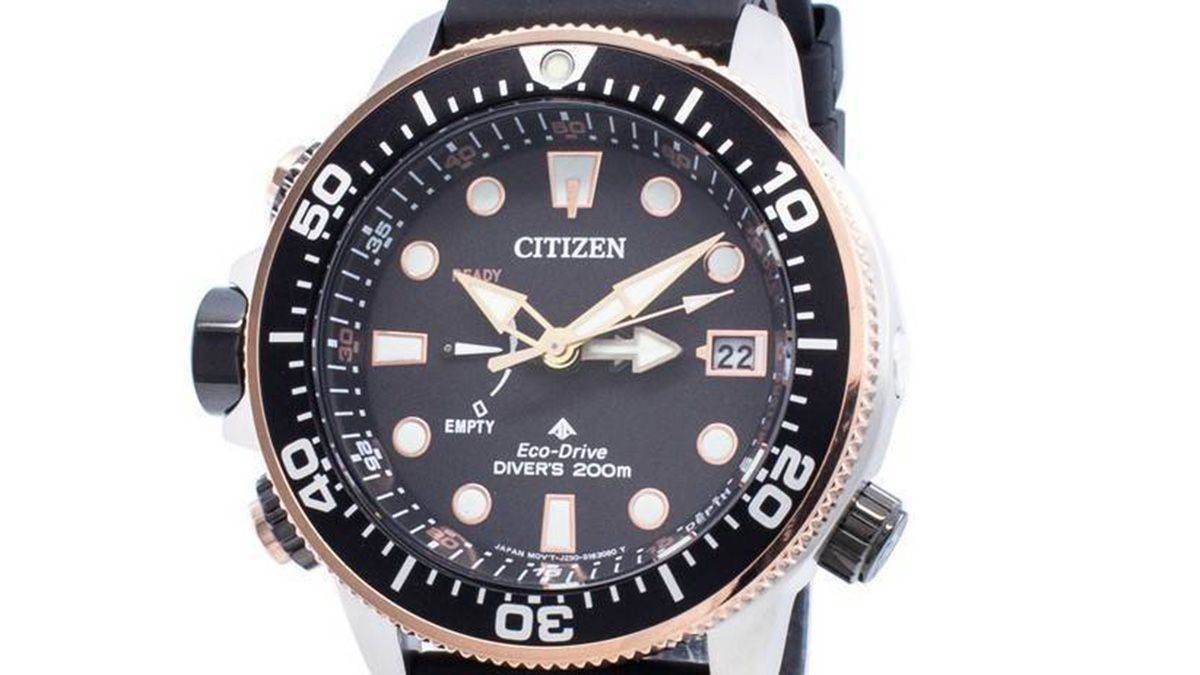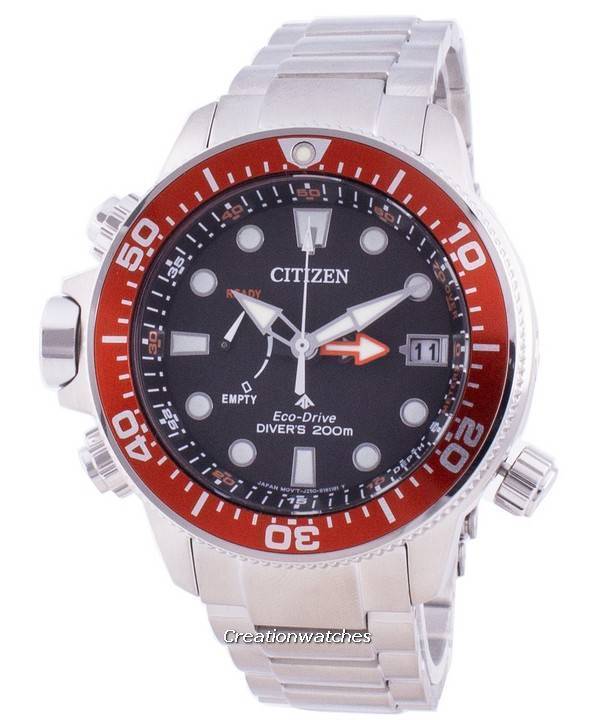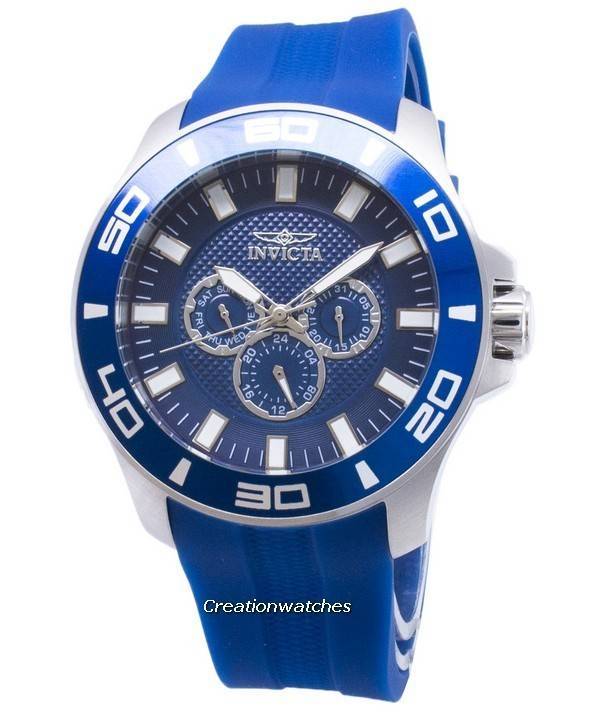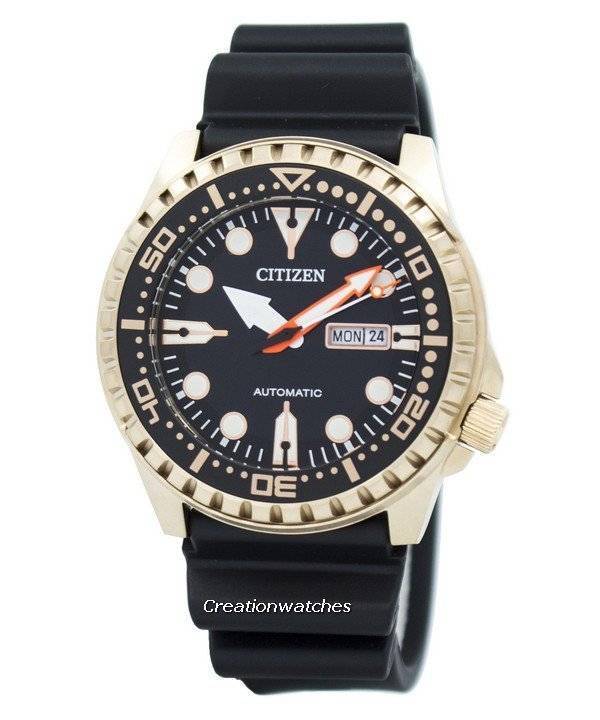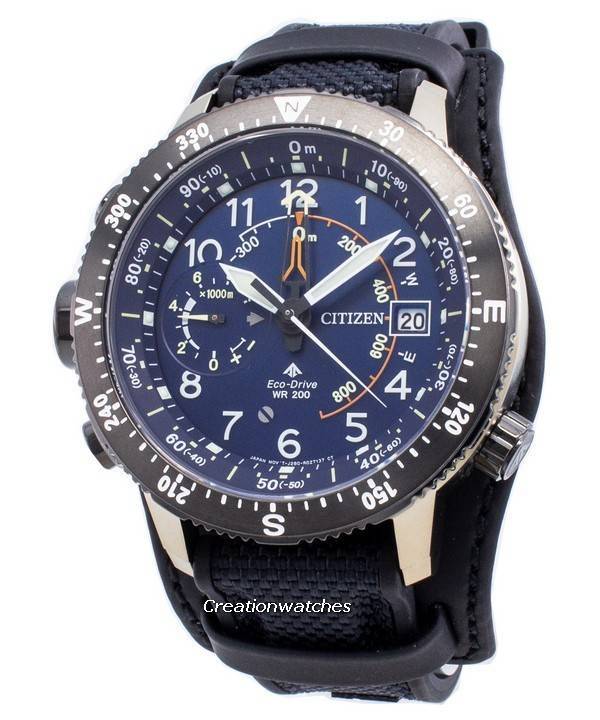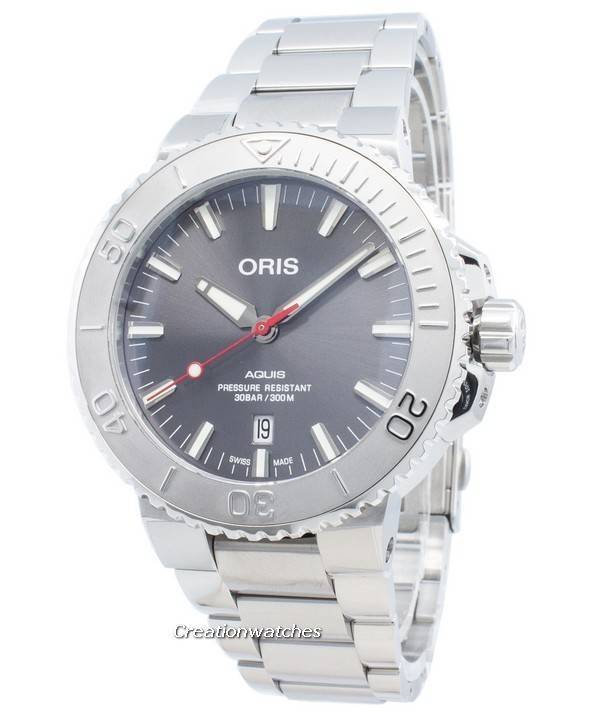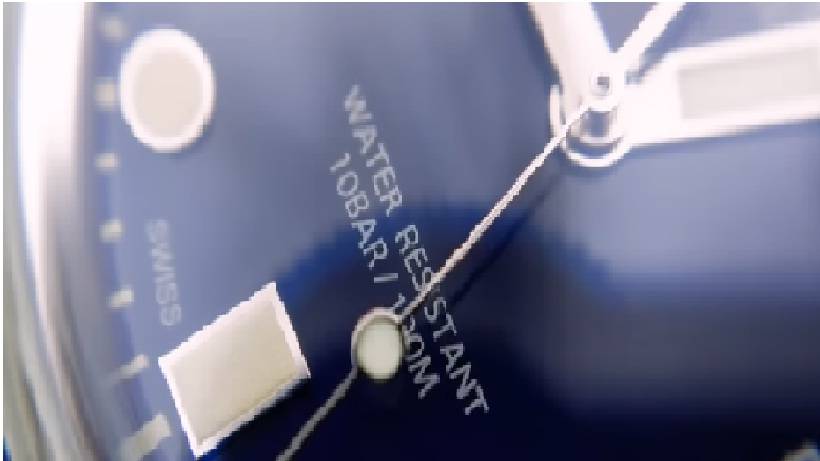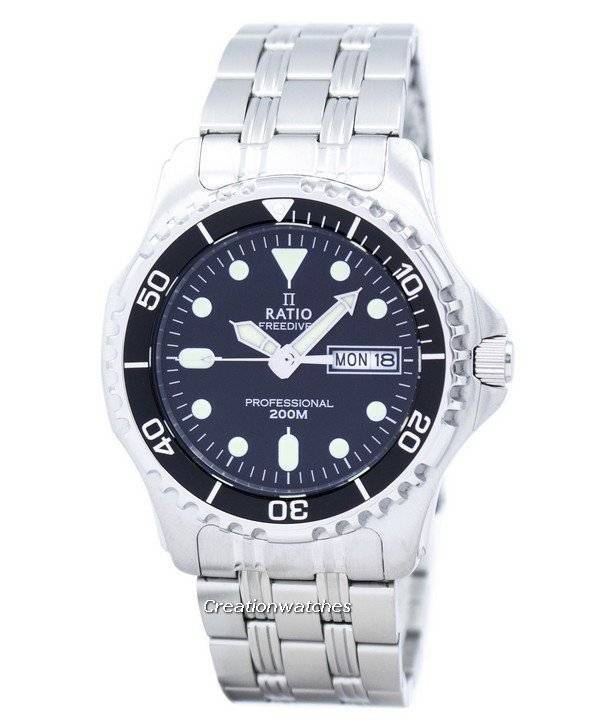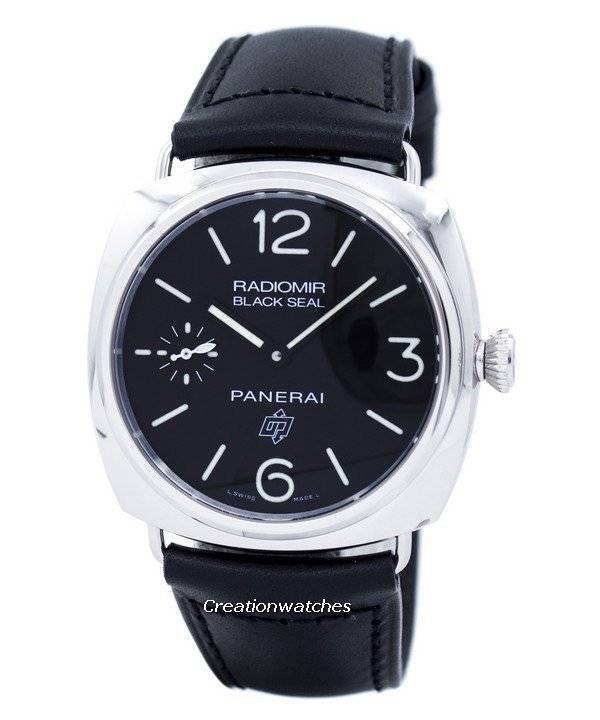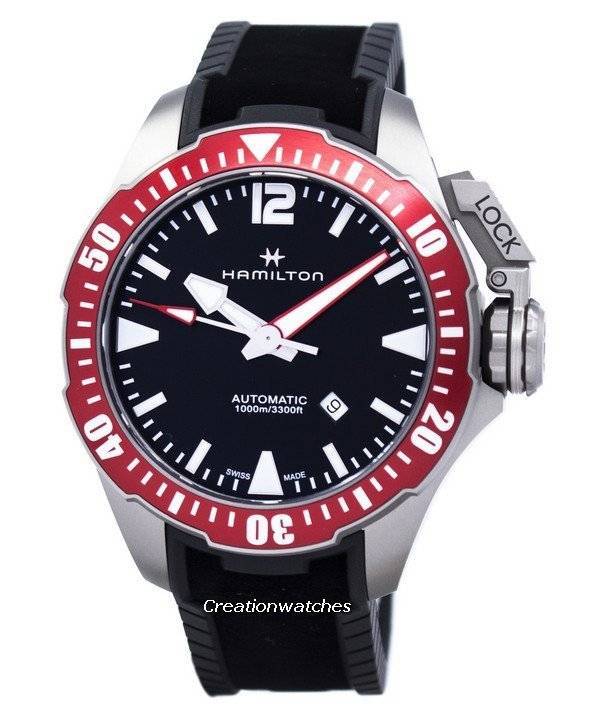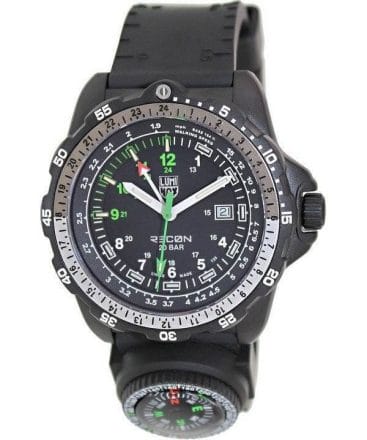 There’s hardly any watch today without some amount of water resistance. The keep-the-water-out craft is now an open secret – not costly either – so it goes withut saying even your $50 basic quartz can also handle a shower or two. For an average city life, that’s good enough – provides, you don’t get it too much into the water and not for too long. Especially, if you have had a battery replacement.
There’s hardly any watch today without some amount of water resistance. The keep-the-water-out craft is now an open secret – not costly either – so it goes withut saying even your $50 basic quartz can also handle a shower or two. For an average city life, that’s good enough – provides, you don’t get it too much into the water and not for too long. Especially, if you have had a battery replacement.
Now, that’s not a problem from reputed brands; every battery change comes with a rubber seal change. They do that alongside for a nominal price, even free. Most of the times, just pay for the material; the service comes free. But, well-done.
This is why a lot among us are absolutely anal about getting reputed, branded products when you are buying to get the tough task done. Same goes for the times when you are to exemplifying fashion through toughness. It’s not tough unless it holds – and holds well, for long. Period.
To them going for recreational scuba and saturation diving! Pro-s already know it, so any doubts you’ll develop, ask the guide/instructor. He/she is going to be a pro and there are high chances for him/her to sport one of the much acclaimed masterpieces of modern technology.
A proper dive watch is essential when you are diving. You need to keep track of time underwater; you just can’t completely rely on your guide/instructor. It could go this way his/her watch malfunctions and there you are all jumbled up on your remaining time. Either you risk it or leave things unfinished and come up exhausted. Take a bit of control in own hands. The International Organization for Standardization standardized WR (the water resistant symbol), set its marks and threw waterproof out of use. Though there are many countries that have adopted the term, it’s wrong terminologically.
Water resistance comes from using gaskets that act as watertight seals. They need a sealant to be applied; it leaves no ground open for water molecules to sneak in. Alongwith, there is also a set of strict rules the case material need to follow; else, it’s not WR.
If you want it short, then ISO 2281 is less than what scuba diving demands; any ISO 6425 certified watch is fit for the purpose. However, ISO 2281 is strong enough to withstand everyday life and medium water exposure at the park or at the pool. They also handle different temperatures and pressures well. But for for scuba diving, it should be built to withstand water pressure more than what it’s marked for. At least, by 25%.
A total of eight, strict guidelines are to be followed to achieve that for mechanical scuba-diving watches; quartz, ana-digi and digital watches have slightly different rules. Also, those meant for mixed-gas, saturation diving need to have two more specs.
But it all boils down to what marks are appropriate for what, so let’s see what ISO 6425 has to say.
- 30 m: Good for daily use in rain or sudden splashes, even fishing in shallow waters. Not advised for prolonged water exposure.
- 50 m: Okay with swimming, water rafting, water-related work and fishing. NOT suitable for non-snorkeling and diving.
- 100 m: Made for recreational surfing, snorkeling, swimming, sailing, light water sports but not for serious diving requiring helium gas.
- 200 m: The Pro-level Marine activities and serious water sports, say diving but again, ones that do not require helium gas.
- 300+ m helium safe: Go saturation diving with this in a helium-enriched environment. There will be additional markings to point this out.










